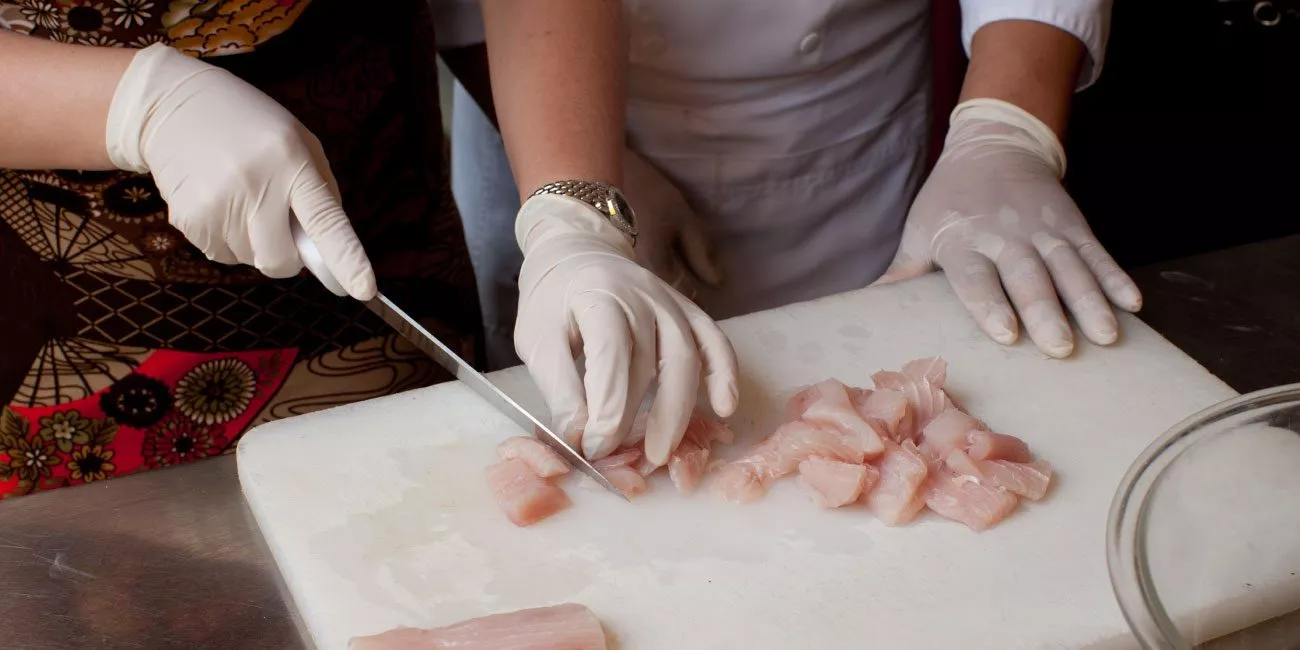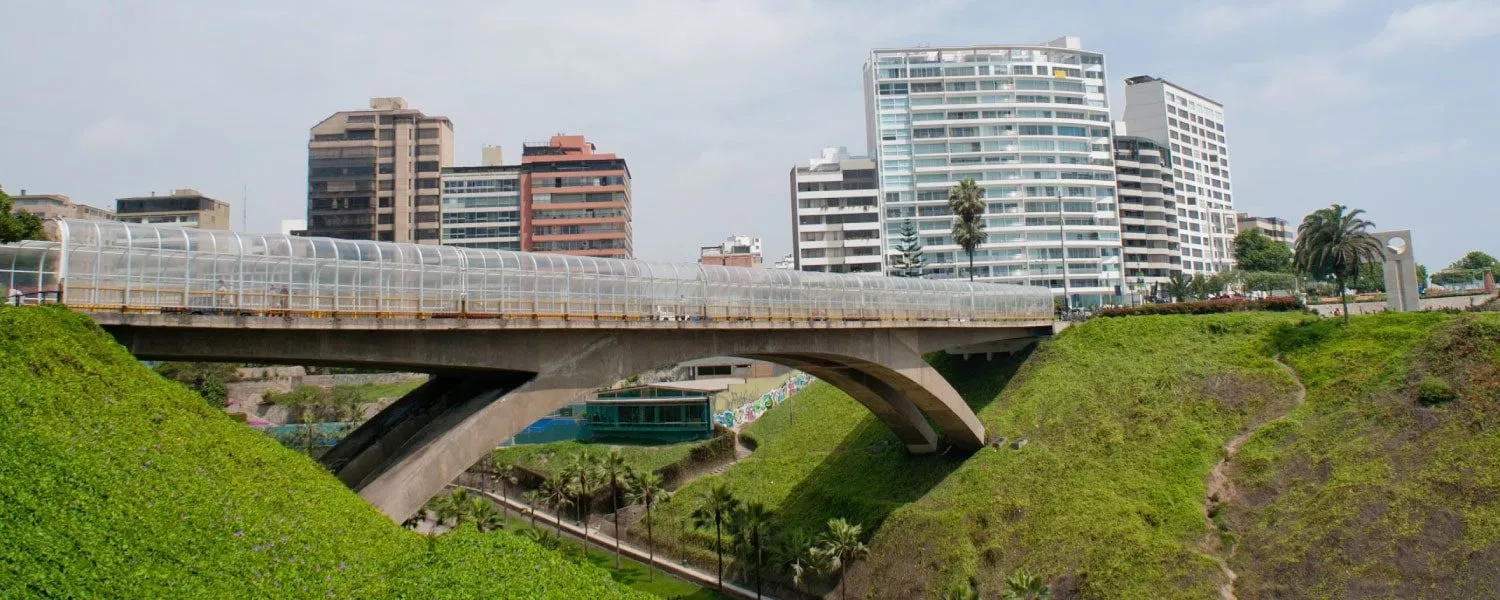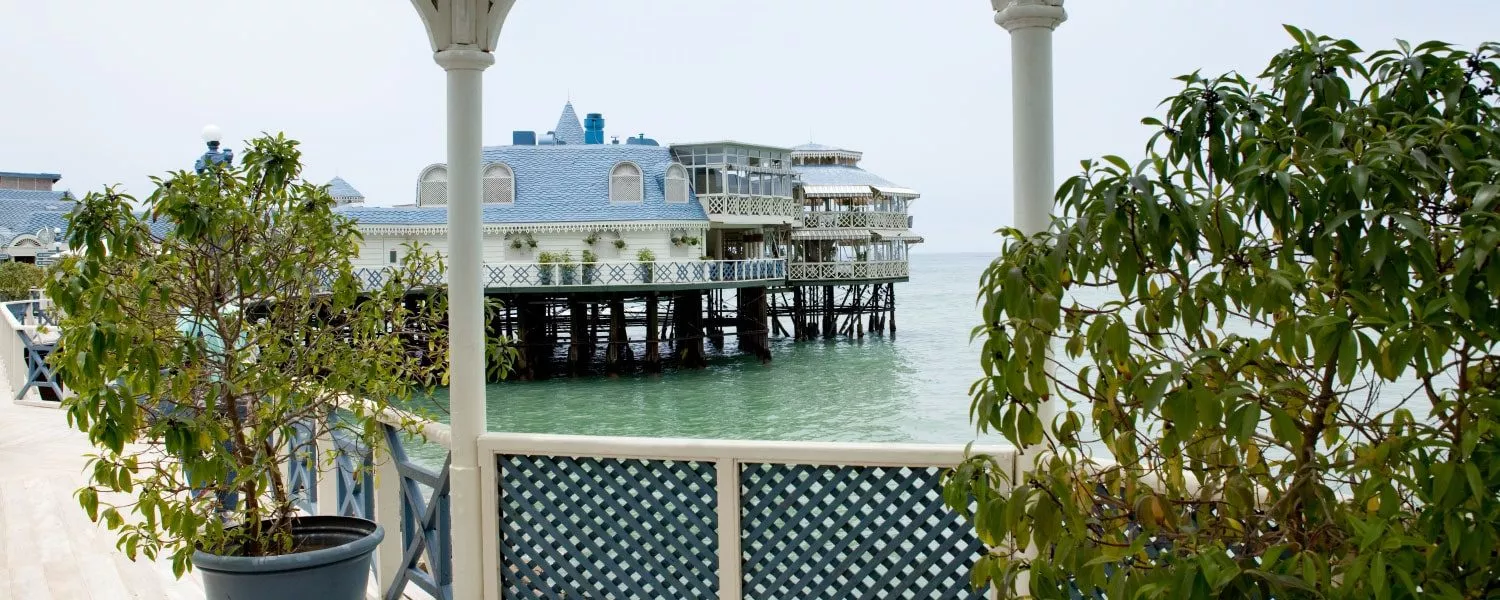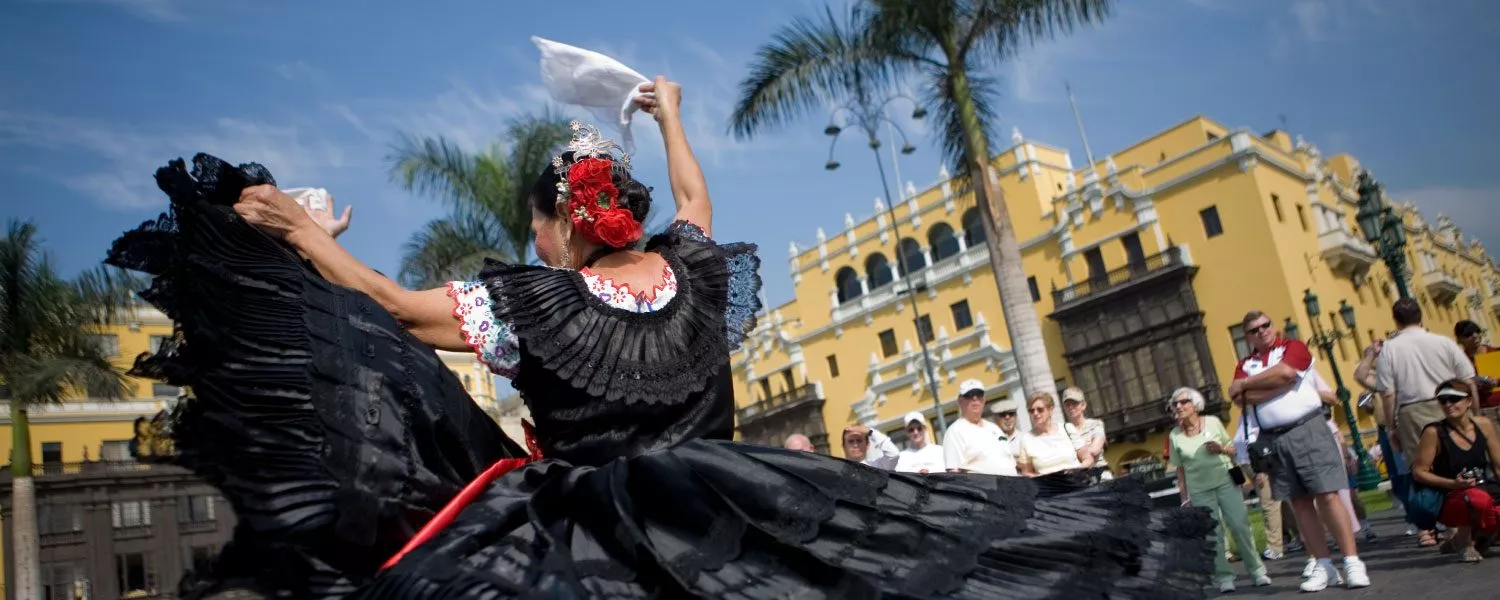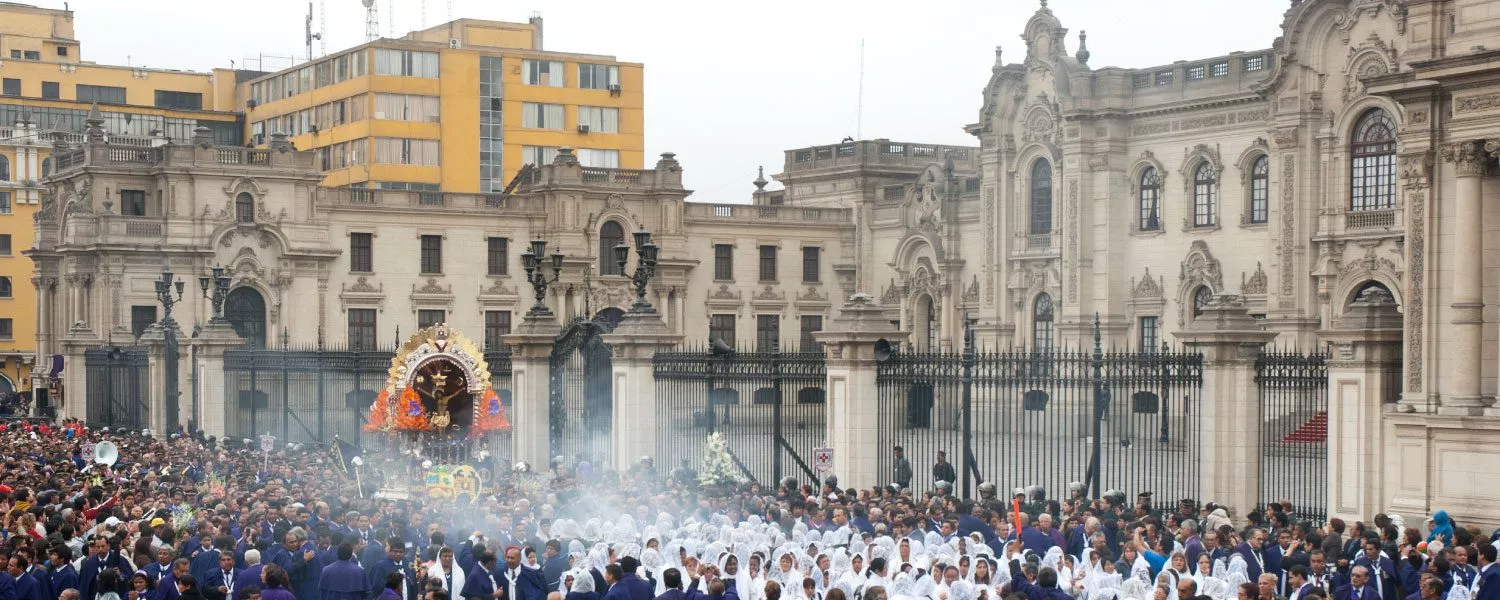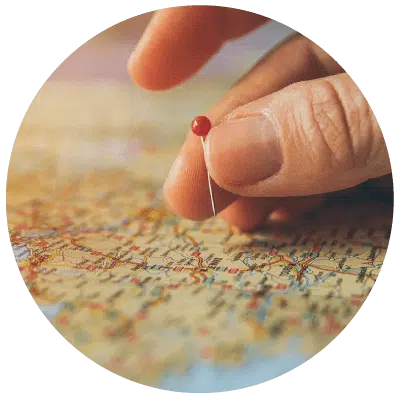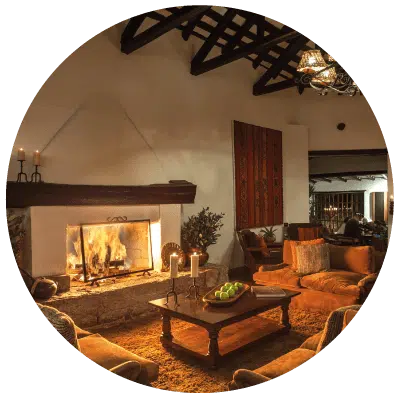LIMA: A CITY OF HISTORY AND CULTURE
Established in 1535, Lima rapidly ascended to become the preeminent city in the Americas. Presently home to over 9 million people, it embraces immigrants from across the globe, epitomizing a melting pot of diverse cultures.
The city’s UNESCO-listed Historic Center is a treasure trove of colonial architectural marvels, featuring landmarks like the Government Palace, Plaza de Armas, Cathedral, and the Monasteries of Santo Domingo and San Francisco. These sites are adorned with exquisite carved wooden balconies and ancient stone entrances, each bearing the heraldic shields of their founding families.
Lima also serves as a vibrant cultural hub, hosting an array of museums such as the National Museum of Archaeology, Anthropology, and History, and the Rafael Larco Herrera Archaeological Museum. These institutions preserve priceless treasures from the Inca era and other prehistoric periods.
The city’s landscape is punctuated with significant archaeological sites, like Huaca Huallamarca and Huaca Pucllana, which seamlessly integrate into urban areas, and Pachacámac, the coastal region’s most significant pre-Inca sanctuary, established in the third century.
Lima’s coastlines offer picturesque beaches perfect for water sports, sunbathing, or enjoying the Pacific Ocean’s serene beauty.
A culinary journey through Lima is not to be missed, as the city boasts one of the world’s most exceptional cuisines. With a broad spectrum of dining options to suit every taste and budget, from high-end international restaurants to quaint, local eateries, guests can indulge in an array of dishes. These culinary delights represent a fusion of European, African, and Asian influences with traditional Andean, Amazonian, and coastal flavors, making Lima a true gastronomic paradise.

